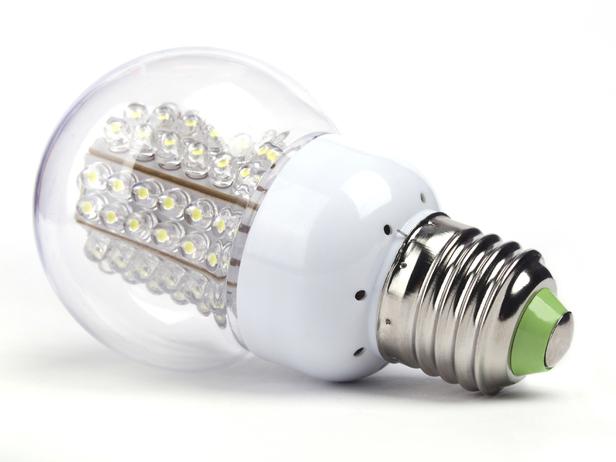NEW ENERGY STANDARDS AFFECTING THE LIGHTING INDUSTRY
The Energy Independence and Security Act of 2007, a federal regulation on energy consumption, have made a significant impact on how lighting is manufactured. The regulations are mainly focused on older and less energy efficient equipment. Many of the older lighting equipment have already

been phased out of production. Updating your entire lighting program requires an initial investment but will pay for itself over time. To help offset the expense of updating your lighting systems many local utility companies and the government, for a limited time, are offering incentive programs and tax deductions.
In addition PGS is passing along discounts that have been offered by our suppliers due to the high level of interest of consumers. Business owners and managers that take advantage of the financial benefits will reduce the cost of new equipment while gaining the energy savings from upgrading. Those that wait to upgrade will see higher energy costs of current inefficient lighting equipment, price increases due to supply and demand, and the loss of incentives due to their expiration.
Energy Savings
Businesses and facilities that have adopted newer lighting equipment usually achieve levels of 24-32 percent of the buildings total electricity use as compared to 40% with older equipment. The newer lighting systems have allowed those that have upgraded to see an energy savings around 30

percent which gives them a return on investment from 1-5 years. These savings have gained the popularity among many business and facilities looking to make an impact on their bottom line. PGS offers a free assessment of your facility to locate inefficiencies, calculate your estimated yearly savings and return on investment, and inform you of current incentive programs available.
Call PGS at 317.688.8898 today or request a free assessment and take your first step to energy savings.
 been phased out of production. Updating your entire lighting program requires an initial investment but will pay for itself over time. To help offset the expense of updating your lighting systems many local utility companies and the government, for a limited time, are offering incentive programs and tax deductions.
In addition PGS is passing along discounts that have been offered by our suppliers due to the high level of interest of consumers. Business owners and managers that take advantage of the financial benefits will reduce the cost of new equipment while gaining the energy savings from upgrading. Those that wait to upgrade will see higher energy costs of current inefficient lighting equipment, price increases due to supply and demand, and the loss of incentives due to their expiration.
been phased out of production. Updating your entire lighting program requires an initial investment but will pay for itself over time. To help offset the expense of updating your lighting systems many local utility companies and the government, for a limited time, are offering incentive programs and tax deductions.
In addition PGS is passing along discounts that have been offered by our suppliers due to the high level of interest of consumers. Business owners and managers that take advantage of the financial benefits will reduce the cost of new equipment while gaining the energy savings from upgrading. Those that wait to upgrade will see higher energy costs of current inefficient lighting equipment, price increases due to supply and demand, and the loss of incentives due to their expiration.
 percent which gives them a return on investment from 1-5 years. These savings have gained the popularity among many business and facilities looking to make an impact on their bottom line. PGS offers a free assessment of your facility to locate inefficiencies, calculate your estimated yearly savings and return on investment, and inform you of current incentive programs available.
percent which gives them a return on investment from 1-5 years. These savings have gained the popularity among many business and facilities looking to make an impact on their bottom line. PGS offers a free assessment of your facility to locate inefficiencies, calculate your estimated yearly savings and return on investment, and inform you of current incentive programs available.

































